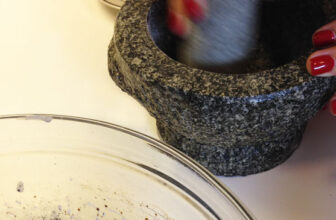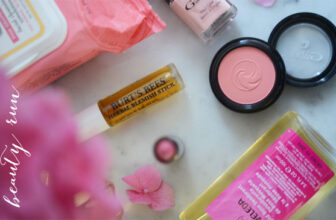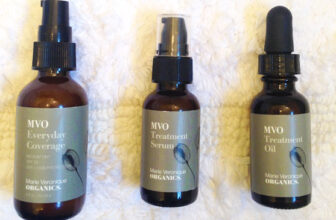
Balayage, ombre, and wet light: the long list of hair color options can be overwhelming. We asked Francesca Dixon, Hari’s imaginative colorist, to decipher the most popular methods. Get ready for your next appointment by going over these seven.
1. Balayage:
Balayage is a popular method that gives the hair a soft, bronzed look all over. The slanted sections of the hair can also be painted, with the middle sections remaining completely natural. However, it is buildable over time. Ideal for occasions when you are ready to refresh but do not wish to undergo a color check. Works with most types and colors of hair.
2. Wet light:
This is ideal for people who want to break up a stiff hairline or fluffy growth by smoothing it out. Freehand application of Wet Light to damp hair produces a halo of light that highlights the hair’s overall color. It is applied wet while the cuticle is open, making it 50% healthier and faster than other color treatments. Wet Light is especially beneficial for people who have bleached blonde hair or copper hair that has been overprocessed.
3. Ombre:
Darker roots are transformed into lighter tips by Gradient Ombre. Because there is no natural color definition to the ends, it is much more obvious than balayage. All the hair is dyed from the middle of the length to the ends rather than selecting a single section and leaving a natural shade in the middle. Make certain that your hairstylist always matches the colors completely and consistently.
4. Highlight:
Despite their age, highlights continue to dominate. They are applied by stylists directly to the weave’s roots. The hair is then heated after being folded carefully in foil. Because of this, the foil can bring the hair up to its full natural potential. Thick streaks or streaks can be applied, depending on the thickness of the hair. These streaks are made by leaving a section of the natural shade in between each strand of the new color. You can give your baby beautiful highlights.
5. Low light:
A natural base tone is always used in this color lightening technique. To create a “shadow” effect and define the edges and break up blocking highlights, use low light throughout the middle. By applying your natural color throughout, Lowlight makes it less necessary to maintain color by softening the growth. Perfect for people who want to stand out and subtly catch the light.
6. Permanent coloring:
Simply put, permanent color is a color that does not wash out and does not cause cuticles to form in the hair. It typically serves clients who are unable to use semi-permanent options and have more than 70% gray or stubborn gray. Permanent hair color can irritate the scalp and hair if the client has fine hair or just a few grays. Over time, they begin to look unnatural. Semi-permanent colors are preferred in these situations.
7. Reverse Balayage:
Reverse Balayage is for people with ombre hair who want their color to look more natural and broken. It’s also great for clients who have overdone the balayage and created an ombre look by repeatedly coloring the same strands of hair. The process of restoring your natural hair color is known as reverse balayage. From mid-length to ends, your stylist will color your hair a natural color to transition from ombre to balayage and give it more definition. This method is best for darkening highlights to imagine brown tones from the blonde root, but it can be used on any type of hair.






